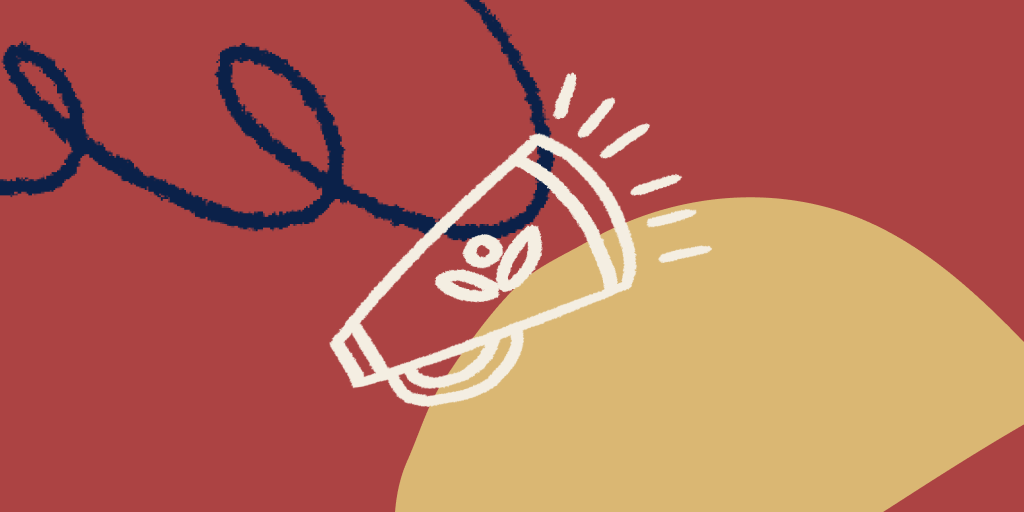By Charlotte Auen
Salutations! My name is Charlotte, and I’m part of the US mathematics content team at Khan Academy. When I was using Khan Academy with my own high school geometry students, I loved many aspects of the course, but there were parts where my students and I wished we could dig deeper. My students loved how Khan Academy let them show what they knew in a few problems and showed just how to solve the questions where they were still learning. However, they had to look elsewhere for practice in key geometry skills like writing proofs. So, I’m thrilled to announce that we’ve updated our high school geometry course for this school year!
Here are some of the ways we’re bringing the concepts of reasoning and justification—which in geometry means explaining why you are sure something is true—to the forefront and tightening our focus so students have just the right amount of support and challenge.
- Timely, targeted support: Every unit begins with an article titled “Getting ready” that reviews key prerequisite skills from earlier courses. The embedded practice in the article offers students a low-stakes and lightweight way to gauge their own readiness for the unit with links for more practice as needed. Each article empowers students to identify and revisit unfinished learning and explains how the earlier skills tie into the unit’s grade-level content.
- Proofs and justification: Throughout the course, we will complete and evaluate proofs and informal justifications. Beyond selecting proof steps and explaining why they are valid, we will also determine intermediate goals for a proof, translate between symbolic statements and what they mean verbally about figures, and identify errors in sample work.
- Conceptual depth: Geometry is about so much more than a list of formulas. We’ll explore how the building blocks of volume extend to more nuanced forms. We’ll also grapple with the relationships between angle measures and lengths, learning how one can give us clues about the other. And we’ll use the Pythagorean theorem and slope to relate visual representations of figures with their algebraic representations.
- Visual sense-making: Are those lines definitely parallel, or could they intersect? Will the figure help us prove a property for all parallelograms or just for this particular one? We’ll sort out what’s true from what’s possible in diagrams and geometric constructions.
We hope that as students reason, explain, and draw their way through high school geometry, they will recognize themselves as a mathematician with their own ideas to share. Enjoy!




